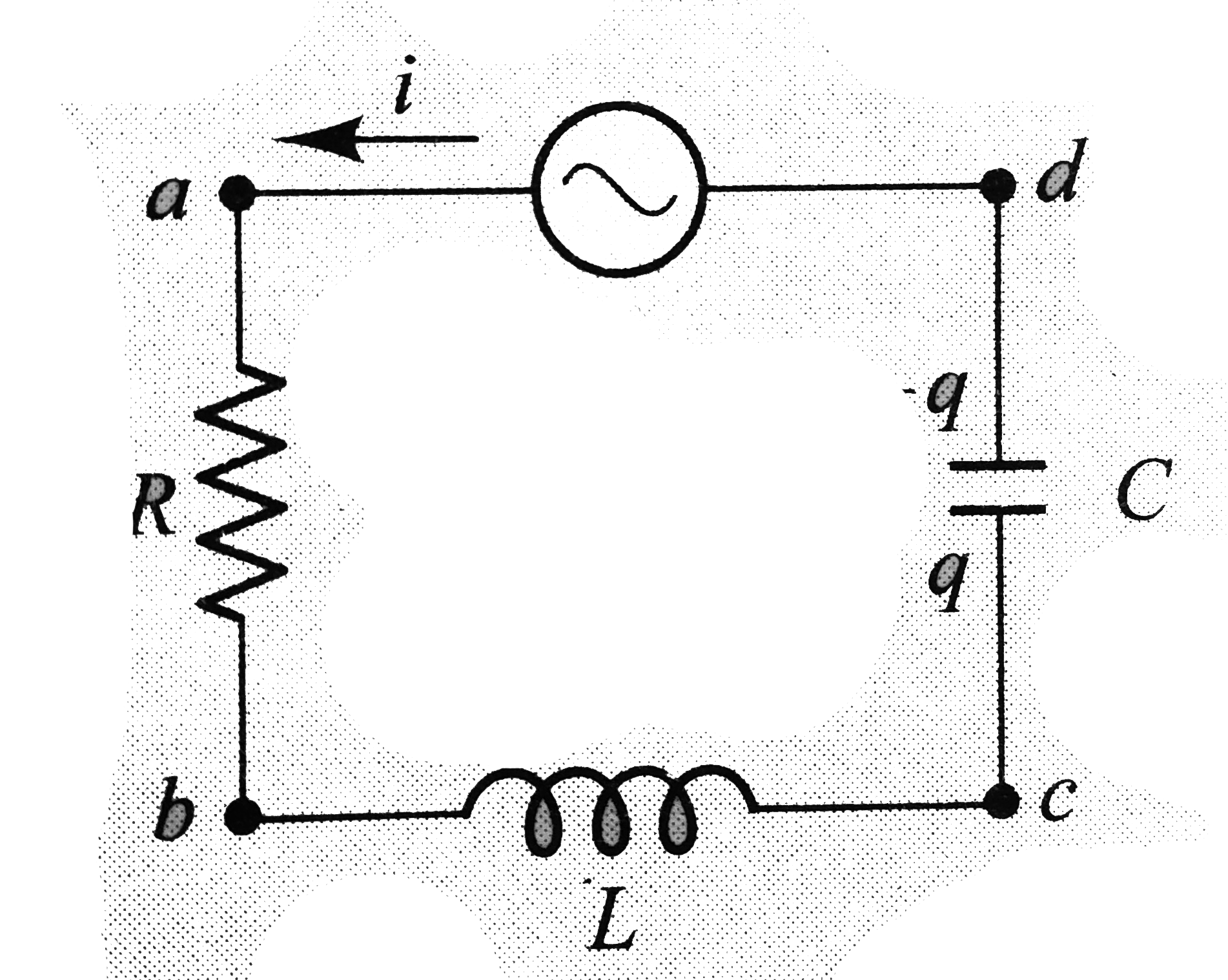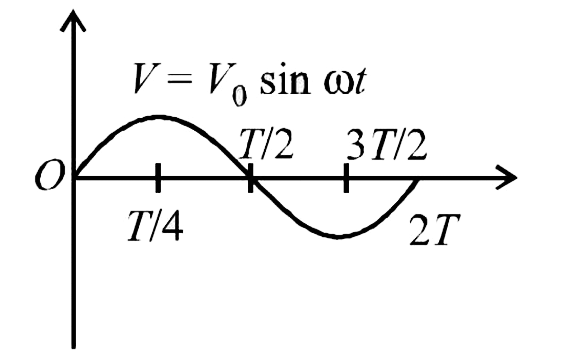Complete Solutions to Illustrations of chapter ALTERNATING CURRENT of Class 12 book with complete answers and questions
| Class 12 | PHYSICS |
| Chapter | ALTERNATING CURRENT |
| CENGAGE PHYSICS | Illustrations |
| Number Of Questions | 15 |
| Academic Year | 2023-24 |
The electric mains in a house are marked 220V-50Hz. Write down the equation for instantaneous voltage.
01:28View SolutionThe plate on the back of a personal computer says that it draws 2.7 A from a 120-V, 60-Hz line. For this computer, what is (a) the average of the square of the current, (b) the current amplitude, (c ) the average current for a positive half cycle, and (d ) the average current for a full cycle?
03:24View SolutionAn alternating current is given by the following equation: `I=3sqrt(2)sin (100 pi t+pi//4)`. Give the frequency and rms value of the current.
01:16View SolutionA voltage , `E=60 sin(314t)`, is applied across a resistor of `20 Omega`. What will be the reading of `I_(rms)`.
(a) in an ac ammeter?
(b) in an ordinary moving coil ammeter in series with the resistor?02:38View SolutionSuppose you want the current amplitude in a pure inductor in a radio receiver to be `250(mu)A` when the voltage amplitude is `3.60V` at a frequency of 1.60 MHz,(corresponding to the upper is 3.60 V AM broadcast band). What inductive reactance is needed? What inductance is required?
02:45View SolutionA pure inductance of 1.0H is connected across a 110V, 70Hz Source. Find the (a) reactanace, (b) current and (c ) peak value of current.
02:03View SolutionIn the series curcuit of fig, suppose `R=300 Omega,L=60mH,C=0.50(mu)F`, source amplitude is `E_(0)=50V and omega=10000 rad s^(-1)`. Find the reactances `X_(L) and X_(C)`, the impedance Z, the current amplitude `I_(0)`, the phase angle `phi`, and the voltage amplitude across each circuit element.
 .05:18View Solution
.05:18View SolutionFor the L-R-C series circuit described in the above Illustration 5.7, describe the time dependence of the instantaneous current and each instantaneous voltage.
09:37View SolutionA `200 Omega` resistor is connected in series with a `5(mu)F` capacitor. The voltage across the resistor is `V_(R )=(1.20 V) cos (2500 rad s^(-1))t`.
(a) Derive an expression for the circuit current.
(b) Determine the capactive reactance of the capacitor.
(c ) derive an experssion for the voltage across the capacitor.05:50View SolutionA `200 Omega` resistor and 1H inductor are joined in series with an ac source of emf `10 sqrt(2) sin (200t)V`. Calculate the phases difference between emf and current.
02:53View SolutionA lamp with a resistance of `8 Omega` is connected to a choke coil as shown in fig. this arrangement is connected to an alternating source of 110V. The current in the circuit is 11A. The frequency of the ac is 60 Hz. Find
(a) the impedence of the circuit and
(b) the value of inductive of the choke coil.
 02:53View Solution
02:53View SolutionA resistor of `200 Omega`and a capacitor of `15.0(mu)F` are connected in series to a 220V, 50Hz source.
(a) Calculate the current in the circuit .
(b) Calcutalte the voltage (rms) across the resistor and the inductor. Is the algebraic sum of these voltages more than the source voltage? If yes, resolve the paradox.05:49View SolutionIn a series L-R circuit `(L=35 mH and R=11 Omega)`, a variable emf source `(V=V_(0) sin omega t)` of `V_(rms)=220V` and frequency 50 Hz is applied. Find the current amplitude in the circuit and phase of current with respect to voltage. Draw current-time graph on given graph `(pi=22/7)`.
 06:38View Solution
06:38View SolutionThe potential difference E and current I flowing through the ac circuit is given by `E=5 cos (omega t -pi//6) V and I=10 sin (omega)t A`. Find the average power dissipated in the circuit.
02:22View SolutionA series LCR circuit with `L= 0.12H, C=480 nF,` and R=23 Omega` is connected to a 230-V variable frequency supply.
(a) What is the source frequency for which current amplitude is maximum? Find this maximum value.
(b) What is the source frequency for which average power absorbed by the circuit is maximum? Obtain the value of maximum power.
(c ) For which frequencies of the source is the power transferred to the circuit half the power at resonant frequency?
(d) What is the Q-factor of the circuit?12:28View Solution
Illustrations questions and complete solutions for chapter ALTERNATING CURRENT of CENGAGE PHYSICS (HINGLISH) of Class 12
All Exercises from CENGAGE PHYSICS Class 12 PHYSICS ALTERNATING CURRENT
- Archives Integer
- Archives Multiple Correct
- Archives Single Correct
- Archives Subjective
- Comphension Based
- Exercise 5.1
- Exercises Assertion-reasoning
- Exercises Integer
- Exercises Linked Comprehension
- Exercises Multiple Correct
- Exercises Single Correct
- Exercises Subjective
- Illustrations
- QUESTION BANK
- Single Correct
- Single Correct Asnwer Type
- Solved Examples
